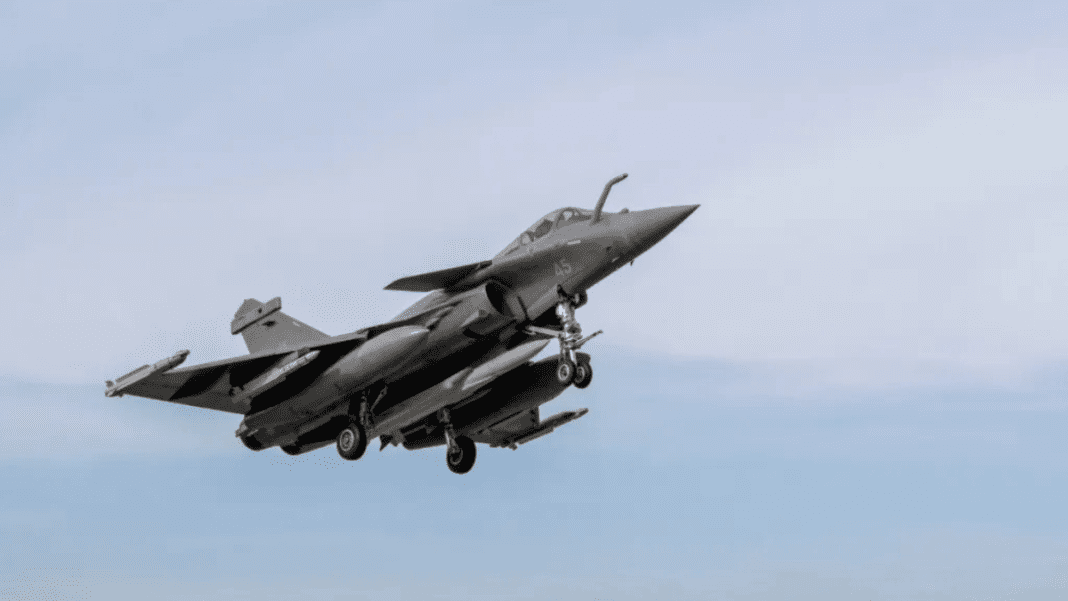Colombia has officially approved a massive defense purchase worth EUR 3.1 billion (about USD 3.6 billion) to acquire 17 brand-new Gripen E/F fighter jets from Swedish manufacturer Saab. This is one of the biggest military modernization steps Colombia has taken in years, confirming its decision to move away from older aircraft options and invest directly in next-generation air power.
Back in April, Colombia hinted that it planned to buy Saab fighter jets, but the details—including the number of planes—were unknown. That changed during a military base ceremony, where leaders announced that Colombia will receive 15 single-seat Gripen E jets and 2 dual-seat Gripen F jets. Deliveries are expected between 2026 and 2032.
The agreement includes more than aircraft. It also covers training, weapon systems, maintenance support, and essential equipment to operate the fleet effectively. Saab welcomed Colombia into what it calls the “Gripen family,” describing the deal as the start of long-term defense cooperation.
Shocking Defense Upset: Colombia Snubs Rafale for Gripen in Controversial $3.65B Deal
Why Colombia Chose Gripen Over Competing Fighter Jet Offers
Colombia’s decision came after years of evaluations and competing offers from several countries. The United States proposed up to 24 F-16 fighters—a mix of donated older Block 50/52 units and a few new Block 70 models—for roughly USD 4.2 billion. Supporters of that offer argued that U.S. aircraft would fit smoothly with Colombia’s existing U.S.-built transport planes and helicopters.
But Colombia pushed back strongly against buying older, second-hand—or as officials called them, “third-hand”—jets. Leaders argued that Colombia deserved modern aircraft rather than outdated models. Officials emphasized that the Gripen deal follows Colombian law, reflects transparent negotiations, and supports the country’s goal of building a modern, reliable air-defense system.
The Gripen offers advanced radar, strong electronic warfare features, and low operating costs, making it a suitable match for Colombia’s long-term needs. Officials said the jets would help Colombia protect its airspace and deter threats “from anywhere,” especially as the global security environment becomes less predictable.
Colombia choosing Sweden’s offer over the U.S. and France became a major talking point across Latin America, especially as nations reassess defense partnerships during a time of growing regional tension.
Rising Regional Strains As Colombia Upgrades Its Air Power
Colombia’s decision comes at a moment when the wider region is experiencing visible military activity. While Colombia focuses on its new Gripen fleet, nearby countries are facing mounting political conflict, drills, and mutual accusations.
Trinidad and Tobago, for example, has begun new joint military exercises with the United States. A U.S. guided-missile destroyer docked there recently for training, which led to swift criticism from Venezuela. Officials in Caracas said that U.S. military activity so close to their borders was a “provocation.”
Venezuela has accused Washington of using regional drills as a cover for interference. It claims that recent U.S. deployments—warships, fighter jets, thousands of troops, and airstrikes on alleged drug boats—are attempts to weaken the Venezuelan government. At least 80 people were killed in recent U.S. strikes on 21 boats, though Washington has not publicly provided evidence that those targeted were criminals.
Tensions spiked further when a U.S. aircraft carrier strike group arrived in the region. In response, Venezuela launched a nationwide military mobilization involving around 200,000 troops, saying it was necessary to protect its sovereignty.
Tensions Deepen Across Northern Latin America
Relations between Trinidad and Tobago and Venezuela also worsened. After the arrival of the U.S. destroyer, Venezuela suspended an energy agreement with the island nation and declared its prime minister “persona non grata.” Caracas then claimed it had dismantled a CIA-backed network planning a false-flag attack on a U.S. ship.
U.S.-Colombia Diplomatic Clash Escalates: 6 Key Impacts of Tit-for-Tat Tariffs
The United States recently approved Trinidad and Tobago’s access to the Dragon gas field, which lies in Venezuelan waters. This decision intensified the dispute, as Venezuela remains under U.S. oil and gas sanctions.
Amid all these unfolding events, Colombia stands out for taking a decisive step to modernize its air capabilities with brand-new technology. The Gripen purchase strengthens Colombia’s defense posture at a time when the region is experiencing increased military presence, political friction, and rising uncertainty.

